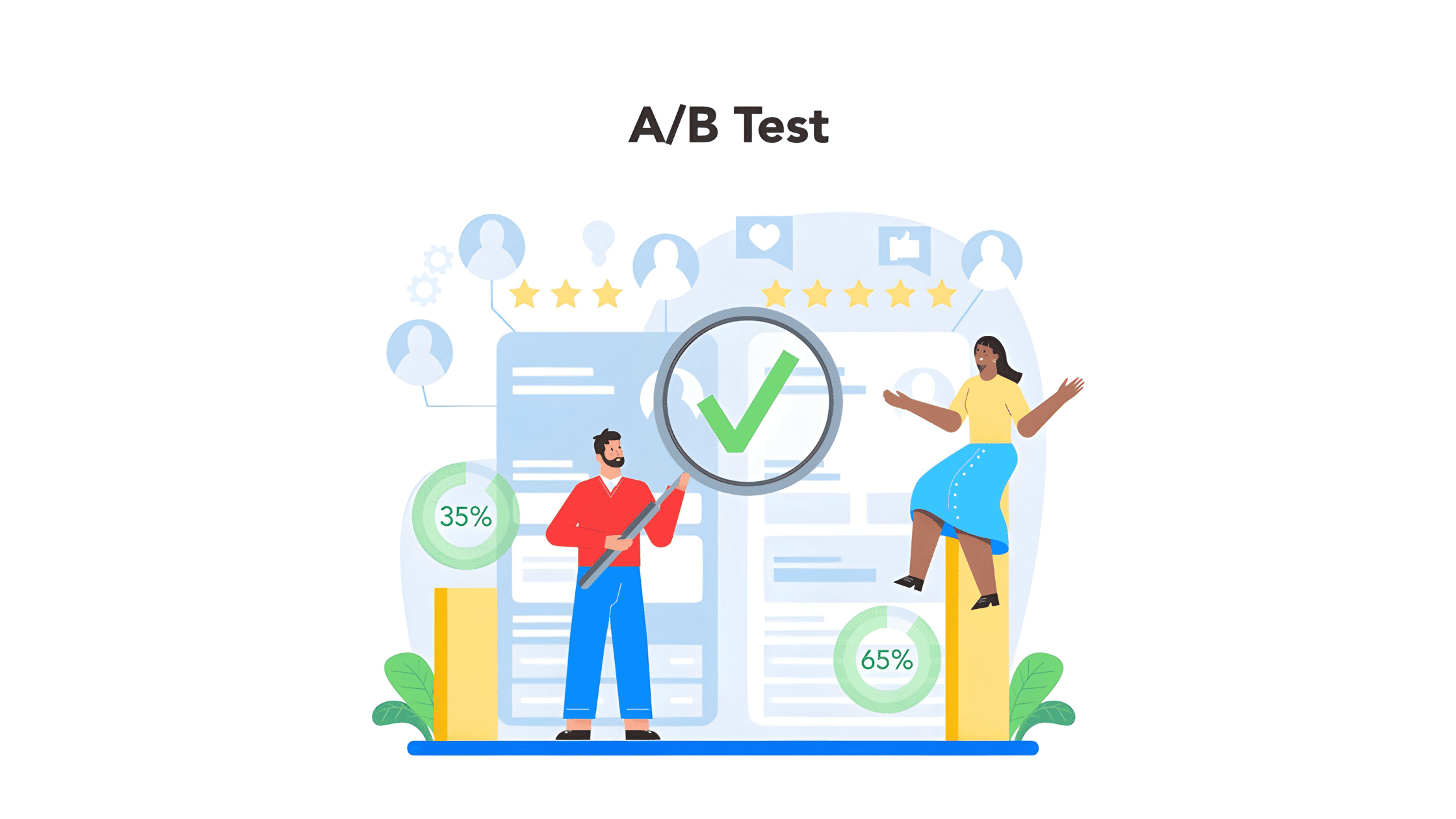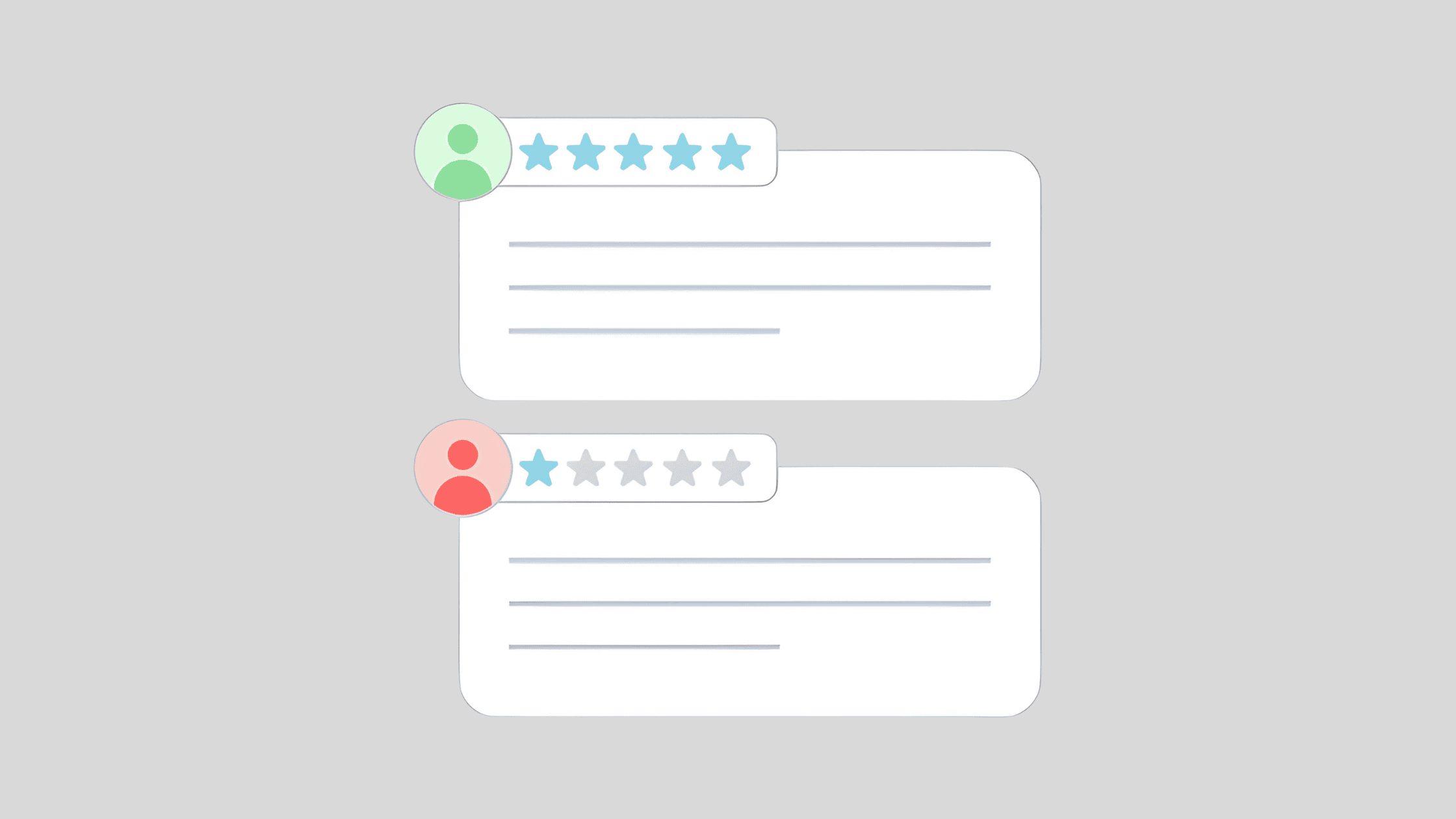MODIFIED ON: October 22, 2024 / ALIGNMINDS TECHNOLOGIES / 0 COMMENTS

Developing groundbreaking products or advancements for existing products is exciting, but true success depends on understanding how your users perceive them. This validation phase acts as a bridge between your product vision and its real-world application. You need to seek answers to fundamental questions like:
–>Does my innovation address a genuine need or solve a current pain point?
–>Is the proposed improvement intuitive and user-friendly?
–>Would users actively recommend my product to others?
These questions form the cornerstone of MVP testing. The blog explores established methods to assess your product’s market fit. By understanding these options, you can select the approaches that best align with your business objectives and effectively test your Minimum Viable Product.
Why is MVP testing important?
Let’s try to understand this with the help of a hypothetical scenario: Andrew desires to revolutionize the culinary landscape with a novel food delivery application. Andrew and his team develop an MVP, envisioning it as a platform that seamlessly connects gourmet chefs with consumers seeking exquisite dining experiences from the comfort of their homes.
Before its official launch, Andrew identifies the importance of subjecting his platform to rigorous testing. Here’s why:
1. First and foremost, testing the MVP serves as a litmus test for its functionality and user experience. Through thorough examination and feedback collection, any glitches or inconsistencies in the application’s performance can be identified and rectified. Imagine if, upon launch, users encounter frequent crashes or navigational challenges within the app! Such pitfalls could significantly tarnish the food delivery application.
2. MVP testing enables Andrew to gauge user satisfaction and gather insights into consumer preferences and behavior. By soliciting feedback from beta testers or conducting usability studies, he can ascertain whether the application fulfills its intended purpose and resonates with the target demographic. For instance, if users express dissatisfaction with the available cuisine options or encounter difficulties placing orders, Andrew can iteratively refine the application to better align with customer expectations.
3. Testing the MVP facilitates risk mitigation and informed decision-making as well. By proactively identifying potential shortcomings or market barriers, Andrew can strategize mitigation measures and pivot his approach if necessary. For instance, if user testing reveals interest in certain features or a preference for alternative payment methods, Andrew can revise the application roadmap to prioritize enhancements that maximize value proposition and market penetration.
MVP testing methods: Practices you should know
Let’s delve into some of the quintessential MVP testing practices that can ensure your product’s success.
1. User Acceptance Testing

User Acceptance Testing, or UAT, epitomizes the interaction between the MVP and its intended audience. This method involves engaging end-users to evaluate the product’s functionality, usability, and overall satisfaction. There are structured testing scenarios and real-world usage that help gain invaluable insights into user expectations and preferences. You solicit feedback from diverse user demographics, including early adopters and target consumers to refine the MVP and align it with market demands.
Make sure to test your MVP with a mix of people from different backgrounds and with different levels of tech skills. This way, you’ll get a wider range of feedback and avoid missing out on things that might be important to specific users.
When testing your MVP, imagine people using it in their everyday lives. Think about the problems they might face and create test scenarios that match those situations.
Don’t stop testing after one try! Use the feedback you get from each test to improve your MVP. This way, you can make it more valuable and easier to use for everyone. By focusing on what people tell you and making changes based on that, you can create a product that people really love.
2. A/B Testing

A/B testing, also known as split testing, is a data-driven approach to MVP optimization. This method involves presenting users with different variants of the MVP and analyzing their comparative performance against predefined metrics. A/B Testing empowers product owners to discern optimal configurations that maximize user engagement & conversion rates by systematically experimenting with distinct features, designs, or functionalities.
Be clear on what you’re testing. Figure out exactly what you want to learn. Are you trying a new design or a different price? Knowing this helps you set clear goals for the test.
Get the Right Numbers. You need enough people to see each version for a fair comparison. Think of it like flipping a coin – the more flips, the clearer the picture. Specialists can help figure out the right number for our test.
Show It Randomly. Users should see each version randomly. This way, nobody gets a special advantage and the results are more reliable.
Track Everything! While the test runs, you need to keep a close eye on how users interact with each version. Are they more likely to buy something? Do they find things easily? This data helps you see which version works best.
React Quickly- If one version is clearly winning, you can stop the test and use the better option. No need to wait if we know what users prefer!
3. Usability testing

As the name suggests, usability testing is how easy your MVP is to use. It is like watching people try out your MVP and seeing how easy it is to use.
You want to make sure it’s clear and doesn’t confuse people. Here’s how we do it: You give people tasks that are typical things they might want to do with your product. This helps you see if they can figure it out easily.
You ask people to talk about what they’re thinking as they use your MVP. This tells us what’s confusing and what makes sense. You also want to make sure everyone can use your MVP, even people with disabilities. We follow special rules to make sure it’s accessible.
4. Feedback mechanisms – Listening to what matters

Testing a new product idea is all about understanding how real people use it. There are two main ways to gather this information:
1. What Users Say: This includes things like surveys, in-app feedback forms, and talking directly to customers. This helps you understand what users think and feel about the product.
2. What Users Do: This involves tracking how users interact with the product. You see where they click, what features they use, and where they might get stuck.
The best way to get a complete picture is to use both of these methods together. This way, you can see what users say they’re doing and compare it to what they do. Here are some ways to get user feedback:
–>Simple surveys: Ask users quick questions about their experience.
–>Talk to users: Have conversations with potential customers to understand their needs.
–>Watch how users interact: See how people use the product and identify any difficulties.
Once you have this information, you can use it to make improvements to the product. This might involve adding new features, fixing bugs, or making the product easier to use. The best part is that this feedback loop never ends! By constantly listening to users and making changes based on their input, you can keep improving the product and make it even better.
Takeaways
Developing a minimum viable product isn’t a one-size-fits-all process. It involves a variety of testing techniques to uncover what resonates with your target audience. Through this iterative process, you gain valuable insights into user preferences while minimizing resource investment. Ultimately, MVP testing empowers you to make data-driven decisions that pave the way for a successful product evolution.
Ready to take the next step? Alignminds can help – connect today. Our team of engineers brings together both technical mastery and a deep understanding of what makes products successful. We actively foster a product-focused approach, recognizing its critical importance in creating truly outstanding products.
Leave a reply
Your email address will not be published.
-
Recent Posts
- The Role of AI in Business Growth: Top Trends for 2025 and Beyond
- The Evolution of Voice Search in AI: What’s Next for 2025?
- How to Hire an AI Developer: A Complete Guide 2025
- Top 10 Android App Development Trends in 2025
- Top Trends in Product Modernization for 2025 and Beyond
-
Categories
- MVP Development (5)
- AlignMinds (56)
- Operating Systems (1)
- Android POS (3)
- Application Hosting (1)
- Artificial Intelligence (49)
- Big Data (2)
- Blockchain (1)
- Cloud Application Development (8)
- Software Development (39)
- Software Testing (9)
- Strategy & User Experience Design (4)
- Web Application Development (28)
- Cyber Security (6)
- Outsourcing (7)
- Programming Languages (3)
- DevOps (5)
- Software Designing (6)
- How to Code (4)
- Internet of Things (1)
- Machine Learning (2)
- Mobile App Marketing (5)
- Mobile Application Development (25)
- Mobile Applications (11)







